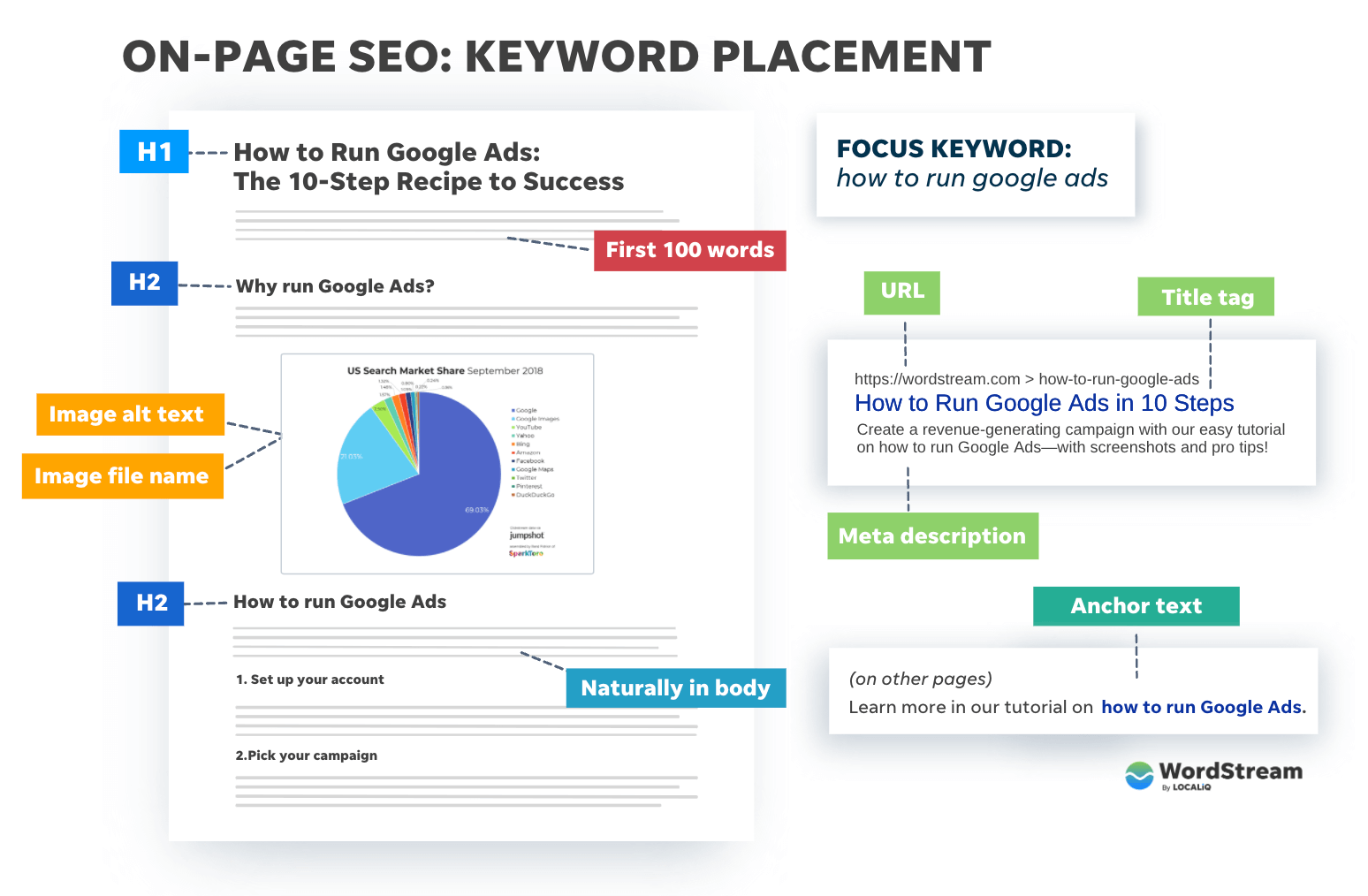Revealing the Influence of Second Measurement in Google Analytics on Information Evaluation and Insights
In the realm of information analytics, the use of second dimensions within Google Analytics has become a critical tool for extracting deeper insights and unraveling complicated patterns that may or else stay obscured. By peeling off back the layers of primary information sets, additional dimensions use a nuanced viewpoint that enriches the understanding of customer behavior, internet site performance, and the performance of advertising strategies. Nonetheless, the true influence and untapped potential of second dimensions are commonly ignored, outweighed by the allure of main metrics. As we browse through the complex landscape of information analysis, the relevance of secondary measurements comes to be progressively noticeable, clarifying vital information that hold the key to educated decision-making and tactical optimizations.
Exploring the Principle of Second Measurements
Second measurements in Google Analytics give added understandings by enabling individuals to assess key data together with an additional quality. This function allows an extra comprehensive understanding of the main data by including an additional layer of details for evaluation. By including second measurements, customers can dive much deeper right into the information and reveal valuable connections that may or else go unnoticed. As an example, by combining the primary data of web site web traffic with additional measurements like demographics or behavior, marketing professionals can get an extra comprehensive view of their audience and customize their approaches as necessary.
Comprehending the concept of additional dimensions is important for making best use of the capacity of Google Analytics. It permits users to section information effectively, determine patterns, and make educated decisions based upon a more total photo of their analytics data. By discovering the different second dimensions readily available in Google Analytics, individuals can open new insights and maximize their electronic advertising initiatives. Essentially, additional dimensions work as an effective tool for boosting information evaluation and driving actionable results.
Enhancing Information Analysis With Additional Measurements
Having actually established the foundational understanding of second measurements in Google Analytics and their essential function in data analysis, the emphasis currently changes in the direction of leveraging these second credit to improve the analysis of analytics data (what is a secondary dimension in google analytics). By incorporating secondary measurements right into information evaluation, experts can obtain deeper understandings into user behavior, website efficiency, and advertising effectiveness

Moreover, additional measurements assist in contextualizing main data metrics by providing added layers of info. This contextualization aids in understanding the 'why' behind the information patterns, helping analysts make educated optimizations and decisions to boost total efficiency. Inevitably, including second dimensions enhances the information interpretation process, resulting in even more calculated actions and meaningful insights.
Uncovering Hidden Insights Through Secondary Dimensions
Checking out the depths of analytics information with additional dimensions exposes valuable insights that would otherwise remain covered. By integrating secondary dimensions in Google Analytics, services can discover covert patterns, trends, and relationships that give a more detailed understanding of individual behavior and website efficiency. These added layers of data enable experts to delve deeper right into the primary dimensions, such as website traffic sources or landing web pages, and gain an extra nuanced perspective on just how different variables engage with each other.
With making use of second dimensions, analysts can section and contrast information throughout various measurements, allowing them to determine details elements that affect user engagement, conversion rates, and overall success metrics. By combining the key dimension of 'gadget classification' with the secondary measurement of 'age group,' online marketers can pinpoint which age demographics like accessing the internet site via mobile tools versus desktop computers. This level of granularity empowers organizations to make data-driven choices and enhance their strategies for far better outcomes. Inevitably, revealing surprise insights with secondary measurements boosts the deepness and precision of data analysis, leading to even more educated decision-making and enhanced performance outcomes.
Leveraging Second Measurements for Actionable Analytics
Structure upon the insights unveiled through additional measurements in Google Analytics, services can currently harness this enriched information landscape click for more info to drive workable analytics and critical decision-making. By leveraging secondary measurements, organizations can delve much deeper into their data to draw out important patterns, patterns, and relationships that might have previously gone undetected. This deeper degree of evaluation allows companies to gain an extra extensive understanding of user habits, project efficiency, and general website effectiveness.
One secret advantage of making use of secondary measurements for workable analytics is the capability to segment data based on certain standards. This segmentation permits businesses to tailor their techniques and projects to various audience teams, leading to much more targeted and reliable advertising initiatives - what is a secondary dimension in google analytics. In addition, secondary measurements supply an even more all natural view of individual communications, making it possible for businesses to enhance their internet site content, design, and general customer experience
Taking Full Advantage Of Decision-Making With Secondary Dimensions
To boost tactical decision-making in analytics, leveraging second dimensions in Google Analytics can give a more nuanced point of view on individual actions and campaign performance. By incorporating additional measurements right into data evaluation, organizations can dive much deeper right into the specifics of their website visitors' interactions and interaction patterns. This more helpful hints extra layer of details permits an extra comprehensive understanding of how various variables, such as demographics, devices, or traffic sources, effect essential performance signs.

Verdict
To conclude, making use of second measurements in Google Analytics plays a critical role in boosting information evaluation and discovering concealed insights. By discovering this idea, one can gain a much deeper understanding of individual behavior and make notified decisions based upon actionable analytics. Leveraging additional measurements allows for a more thorough interpretation of information and makes the most of the performance of decision-making processes.
